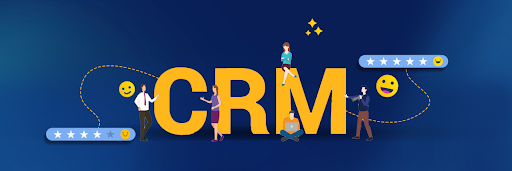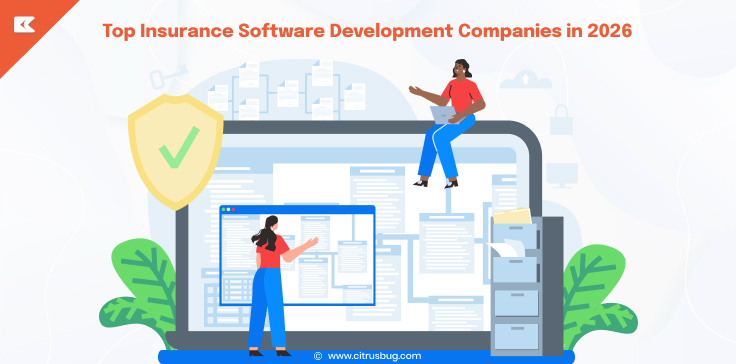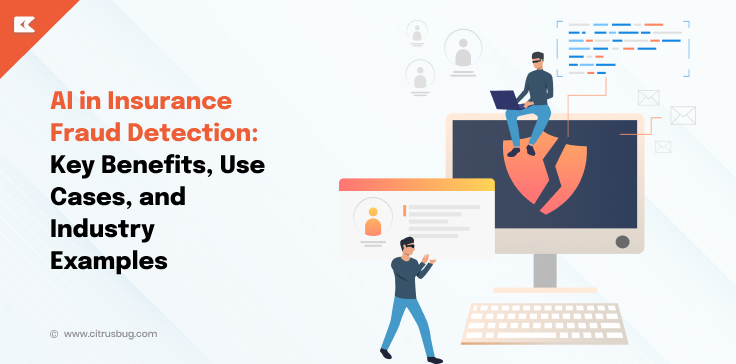The Role of CRM in Personalizing Customer Experiences
- December 11, 2023
-
5390 Views
- by Ishan Vyas
Table of Contents
- What is Customer Experience?
- What do your Customers Feel When They Use Your Product or Service?
- Why is it Important to Prioritize Customer Experience?
- Personalizing the Customer Experience
- Common Obstacles to Customer Experience Personalization
- How can a CRM help in Personalizing Customer Experience?
- Conclusion

Would you respond faster if someone addressed you as “Hey, there!” or if they called out your name?
Chances are, your head turns faster when you hear your name being called out. That is because you know you are the target and not someone else.
This is how personalization works. This blog talks about the personalization of customer experience and how CRM software can help in the process.
What is Customer Experience?
Customer Experience (CX) is the overall impression a customer forms through every interaction with a brand. It’s the feeling they get from using a product, receiving support, or navigating a website.
CX is about creating positive, seamless, and memorable moments that build trust and loyalty. It’s the heart of customer satisfaction, putting people at the center of every business encounter.
What do your Customers Feel When They Use Your Product or Service?
A positive customer experience goes way beyond this phase. It starts as early as the initial awareness and consideration stage and continues throughout the sales process to the post-sales support and customer success stages.

A Positive Customer Experience Would Tick The Following Boxes.
- Seamless onboarding
- Intuitive user interface
- Transparent pricing and plans
- Easily available self-help resources
- Live customer support or immediate response
- Effective training and support
- Asking for user feedback
- Continuous improvement based on this feedback
- Reliability, scalability, and security
A Bad Customer Experience Might Look Like
- Lag in loading websites
- Having to enter the same information multiple times
- Delay in customer support
- Lack of personalization
- Excessive automation missing the human touch
One might say that the customer experience your business provides is directly related to the quality of features the product provides.
However, equal importance must be given to how well these offerings align with the customer’s specific needs.
Why is it Important to Prioritize Customer Experience?
If you want to gain new customers and retain the existing ones, you have to give customers what they want. And a positive customer experience tops the list of their priorities.
92% of customers would abandon a company after two or three negative experiences. On the other hand, if a user has an enjoyable experience with your business, they are more likely to recommend you to their peers and leave positive reviews on third-party sites.
This recommendation, be it word of mouth or through positive reviews left on other sites results in new leads. An exceptional Customer Experience will help you stand out and gain a competitive advantage in this saturated market.
Thanks, to the internet, customers self-navigate and make purchases without any outside help. Providing a stellar customer experience will be an investment towards brand advocacy.
As mentioned earlier, customers now look for personalized experiences. They do not want you to recommend a feature that would be of no use. The next section talks about this aspect of personalization in customer experience and how a CRM can help.
Personalizing the Customer Experience
According to a McKinsey study, 76% of consumers prefer to make purchases from brands that personalize.
The customer’s journey with your business is no longer a simple transactional relationship. Businesses now focus on post-sales activity like developing brand loyalty so that customers keep on returning.
Personalization of customer experience is a huge step in the right direction. Making a customer feel valued and heard goes a long way in customer retention and higher customer satisfaction scores. Leveraging the capabilities of the best digital experience platforms is the key to achieving this, as they offer the tools and insights needed to tailor interactions and content to individual preferences.
A personalized customer experience shows that you as a business have spent time and effort understanding the customer’s needs and delivering what they want.
Establishing multiple touchpoints with your customer in the process of elevating the customer experience journey increases the chances of closing more deals. Building brand trust and loyalty, through a positive customer experience is a non-negotiable investment.
Common Obstacles to Customer Experience Personalization
If you are looking forward to starting customer experience personalization, you will certainly face some roadblocks. It is important to be aware of these obstacles to the personalization journey so that you can also come up with strategies to combat them.
Gathering and Analyzing Data
It is important to know why your customers want a personalized experience and how you can utilize available resources to give them what they want. To do so, you need data.
This data can be about your buyer persona and includes details like demographics, age range, socio-economic status, interests, and buying patterns.
Use the data of past interactions to predict future patterns like what new features of the product the customer might like. The challenge lies in understanding your customer’s expectations before you can take the necessary measures to meet them.
Technology not Up-to-Date
If the platform holding your database is not constantly updated, information centralization and retrieval will become an issue.
Non-dynamic technology poses problems in gathering the latest data and analyzing them in a way that will benefit your business. Suppose you want to launch a new campaign targeted towards customers in tier-2 cities. However, if the information on the location of users is not collected in the first place, this activity becomes futile.
The level of personalization you want to target will also determine the kind of technology you should use. A platform that does not provide third-party integrations, including CRM integration, might not be the right choice if you want to perform marketing automation. That is why, being up to date with the newest trends and keeping in mind the best marketing automation ideas is vital.
Departmental Silos
Siloed workflows affect the overall productivity of the business. If all your customer-facing teams are not aligned in terms of data or work, delivering top-notch customer experience becomes a difficult task.
Suppose different departments are responsible for handling different stages of the customer journey. If they are not cohesive and there are hiccups in the free data flow among teams, delivering a personalized customer experience becomes a bumpy ride.
How can a CRM help in Personalizing Customer Experience?
Customer relationship management (CRM) software helps tackle all your obstacles to customer experience personalization by providing multiple features on one platform.
As discussed previously, you need data to get started with personalization. This can be in the form of customer buying habits, demographic details, website visits, etc.
The problem does not lie with the availability of data. It is more of a quality issue than a quantity one. Companies have large amounts of data gathered through multiple interactions throughout the customer journey. What they often lack is a system to organize that data and make it easily accessible when needed.
This often results in data fragmentation across departments and leads to organizational silo – another obstacle to the customer experience personalization undertaking.
CRM software helps gather and manage all customer-related data in one place. It also comes with dashboards that provide insights by analyzing this data. If you’re considering implementing CRM solutions, explore offerings like Microsoft Dynamics CRM Services to streamline your customer relationship management processes.
Below are some ways you can make the best use of your CRM tools to create a more personalized customer experience.
Address Your Clients by Name
Let’s take a look at two email subject lines.
Option 1: We have a new offer for you!
Option 2: Hello Sameer, we have a new offer for you!
The difference between these options is that the second, one has two extra words. That makes all the difference!
Addressing someone by their name automatically establishes a close connection and adds more value to the communication. It symbolizes that you know your customers by name and have taken the extra effort to not just address a generic, faceless crowd.
That practice keeps one coming back to the conversion and builds brand loyalty.
Keep Note of Important Dates
Holidays, anniversaries, and founding days – are all important dates to bank on when it comes to further strengthening your customer relationship efforts. Use the data from the CRM to automate outgoing messages for festivals.
Prepare special offers to commemorate customers who have achieved certain milestones like using your product for more than a year.
This activity shows that you make an extra effort to remember dates that are important to your customers and are equally invested in the business relationship.
Monitor Customer Behavior
There are multiple touchpoints across the customer lifecycle that generate a large amount of data useful for strategies to deploy a positive customer experience.
Leverage your CRM software to keep track of customer behavior across the sales funnel. You can note down the following observations
- What time of the day and week do marketing messages perform the best?
- What kind of emails have a good opening and click rate?
- How many follow-up emails do you generally send to get maximum clicks?
- How long does it take to get a response?
By keeping track of the customer status across sales stages, you can tailor your content accordingly.
For example, customers at the top of the sales funnel are at the awareness stage and require more attention-grabbing content.
Those at the decision-making stage would benefit from content pieces like price comparison between your product and that of a competitor.
Make Personalized Offers
Customer churn or attrition, while unfortunate, can serve as a lesson for your next sales pitch. If you record the data of why a customer no longer wants to continue with your product, you might be able to resell with a personalized offer.
Consider a scenario where a certain customer no longer wants to continue with your product. You can set up a call with them to understand the reason. Suppose you are selling a CRM and the customer has been using it satisfactorily for a while.
They have an on-field sales team and need a geo-tracking feature that you are not providing at present. However, it is a work-in-progress and the production team will make that feature live in another two weeks.
Having a record that a lack of a geo-tracking feature led to this particular customer churn would enable your sales team to reach out to them again a month later when the feature is live. You can wrap it in an exciting offer that your competitors do not provide. Similarly, a landscaping business could benefit from tracking customer feedback to improve services and re-engage clients who may have left due to unmet needs.
In this way, the details of a customer churn recorded in your CRM can help you gain back the customer through personalized offers.
Identify Opportunities
The previous principle of taking notes and implementing them in the future can also be applied here.
Let’s take the example of a CRM product again. Consider your existing user pool. Go through the notes taken during pitches and tag them as cross-selling and reselling opportunities.
The scenario mentioned in the above point is a good example of a resell. Use the data to identify more problems that may be solved if the customer takes a package that provides additional features.
In this way, you can use the CRM data to identify users that can benefit from advanced functionalities. These are upselling opportunities you would not want to miss.
Conclusion
Personalized customer experience is an investment that is sure to produce high ROI. To get started on this journey, you must be armed with the right tools. As a core part of digital product development, CRM software can single-handedly overcome obstacles that arise in customer experience personalization plans.
Build strong and long-lasting relationships with your customers. Make them a priority by prioritizing the customer experience. A feature-rich and robust CRM platform is a powerful tool for this endeavor.



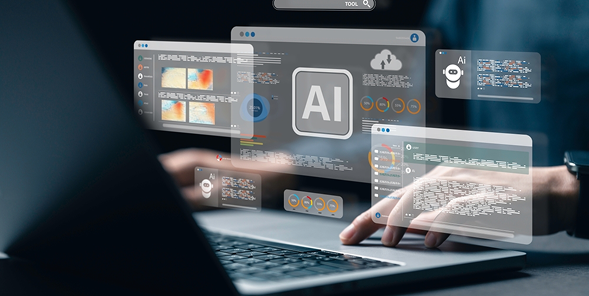

 SaaS Development
SaaS Development Web Application Development
Web Application Development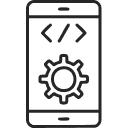 Mobile Application Development
Mobile Application Development Custom Software Development
Custom Software Development Cloud Development
Cloud Development DevOps Development
DevOps Development MVP Development
MVP Development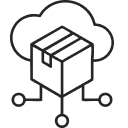 Digital Product Development
Digital Product Development Hire Chatbot Developers
Hire Chatbot Developers Hire Python Developers
Hire Python Developers Hire Django Developers
Hire Django Developers Hire ReactJS Developers
Hire ReactJS Developers Hire AngularJS Developers
Hire AngularJS Developers Hire VueJS Developers
Hire VueJS Developers Hire Full Stack Developers
Hire Full Stack Developers Hire Back End Developers
Hire Back End Developers Hire Front End Developers
Hire Front End Developers AI Healthcare Software Development & Consulting
AI Healthcare Software Development & Consulting Healthcare App Development
Healthcare App Development EHR Software Development
EHR Software Development Healthcare AI Chatbot Development
Healthcare AI Chatbot Development Telemedicine App Development Company
Telemedicine App Development Company Medical Billing Software Development
Medical Billing Software Development Fitness App Development
Fitness App Development RPM Software Development
RPM Software Development Medicine Delivery App Development
Medicine Delivery App Development Medical Device Software Development
Medical Device Software Development Patient Engagement Software Solutions
Patient Engagement Software Solutions Mental Health App Development
Mental Health App Development Healthcare IT Consulting
Healthcare IT Consulting Healthcare CRM Software Development
Healthcare CRM Software Development Healthcare IT Managed Services
Healthcare IT Managed Services Healthcare Software Testing services
Healthcare Software Testing services Medical Practice Management Software
Medical Practice Management Software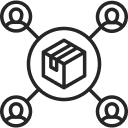 Outsourcing Healthcare IT Services
Outsourcing Healthcare IT Services IoT Solutions for Healthcare
IoT Solutions for Healthcare Medical Image Analysis Software Development Services
Medical Image Analysis Software Development Services Lending Software Development Services
Lending Software Development Services Payment Gateway Software Development
Payment Gateway Software Development Accounting Software Development
Accounting Software Development AI-Driven Banking App Development
AI-Driven Banking App Development Insurance Software Development
Insurance Software Development Finance Software Development
Finance Software Development Loan Management Software Development
Loan Management Software Development Decentralized Finance Development Services
Decentralized Finance Development Services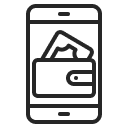 eWallet App Development
eWallet App Development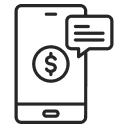 Payment App Development
Payment App Development Money Transfer App Development
Money Transfer App Development Mortgage Software Development
Mortgage Software Development Insurance Fraud Detection Software Development
Insurance Fraud Detection Software Development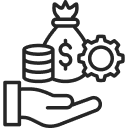 Wealth Management Software Development
Wealth Management Software Development Cryptocurrency Exchange Platform Development
Cryptocurrency Exchange Platform Development Neobank App Development
Neobank App Development Stock Trading App Development
Stock Trading App Development AML software Development
AML software Development Web3 Wallet Development
Web3 Wallet Development Robo-Advisor App Development
Robo-Advisor App Development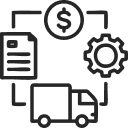 Supply Chain Management Software Development
Supply Chain Management Software Development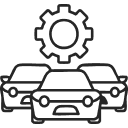 Fleet Management Software Development
Fleet Management Software Development Warehouse Management Software Development
Warehouse Management Software Development LMS Development
LMS Development Education App Development
Education App Development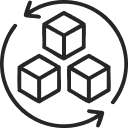 Inventory Management Software Development
Inventory Management Software Development Property Management Software Development
Property Management Software Development Real Estate CRM Software Development
Real Estate CRM Software Development Real Estate Document Management Software
Real Estate Document Management Software Construction App Development
Construction App Development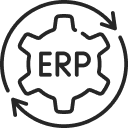 Construction ERP Software Development
Construction ERP Software Development





